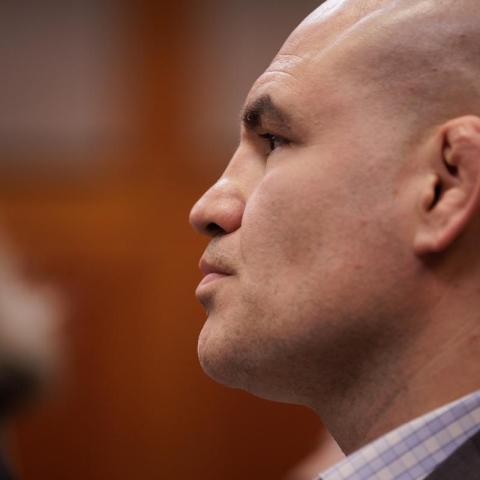In July 2020, a bronze statue of Melania Trump appeared along the River Sava, just months before she stepped away from the White House. Now, that statue has mysteriously vanished from Sevnica, Slovenia, her hometown. All that remains are its feet and a large tree stump.
This isn’t the first time a tribute to Melania has met a strange fate in Sevnica. The original wooden statue, created by local artist Ales “Maxi” Zupevc, was unveiled in July 2019. It didn’t last long, as someone turned it into a bonfire just a year later.
US artist Brad Downey, who commissioned the wooden piece, had made a bronze cast before the original was destroyed. When that bronze version debuted, Downey emphasized its strong design, intending it to withstand vandalism. Yet, someone still managed to remove it at the ankles.
Local police are now investigating this incident as a theft. Downey believes the statue’s disappearance might be linked to the political climate surrounding Donald Trump’s potential re-election.
Downey’s work has always had a political edge. He collaborated with Maxi because both had similar backgrounds. Downey has argued that Melania benefited from easy access to U.S. citizenship, contrasting sharply with the struggles faced by many immigrants during her husband’s administration.
The local authorities in Sevnica have expressed mixed feelings about this whole ordeal. While they condemn any damage to public property, they also acknowledge that many in the community feel no pride in the image of the First Lady.
Interestingly, the story of Melania’s statues reflects broader societal tensions. Recent reports indicate that opinions on the Trump family remain deeply divided, as seen in social media discussions. Some see the statues as artistic expressions, while others view them as symbols of political controversy.
In many ways, this unusual tale encapsulates how art can mirror societal issues, igniting discussions that go far beyond the pieces themselves. It reminds us how public figures can draw complex reactions, shaping their legacy within and outside their communities.
Source link




















